by Lotus Ladegaard & Olivia Moreau
With the conclusion of Paris Fashion Week, the Spring / Summer season has come to an end. Unlike prior years we do not have to wait for the SS17 collections to hit the stores, they are already here. Granted not all designers are able to deliver at that speed or would want to, but the major Fashion houses such Tom Ford, Tommy Hilfiger, Burberry and many more can and do so. That sort of speculative step puts enormous pressure on an industry that still has to deliver on authenticity, innovation, design, creativity, craftsmanship, artistry while being profitable. So every fashion week from now on is going to be a gamble more so than previously. And in many way this is the first time this gamble has become a trend as opposed to an anomaly.
In terms of fashion itself we have seen exquisite haute couture collections on the catwalks of London, New York, Milan and Paris. To add to that we have also seen creative avant-garde, edgy street couture, evening wear, sportswear, easy-to-wear on the big four and the smaller markets like Copenhagend, Oslo, Sofia and Berlin.
The notables are the who's who of fashion. First and foremost Chanel went digital and more bespoke. It managed to integrate classic Chanel designs with modern pieces and set classic Chanel suits and drapes into a modern frame. Karl Lagerfeld showed a diverse collection that catered to global women of different shapes and sizes. Balmain, on the other hand, undoubtedly held onto their idea of an ideal figure, but their collection still had a global appeal and likely to be a strong seller. Balenciaga pressed onto its avant-garde surrealist interpretation with functionality and showed a beautiful collection that tows the fine line between art and commerce. Saint Laurent managed to incorporate the Fashion House’s history and aesthetics, but still move towards something innovative by giving the it a minimalistic and geometric twist. Diane von Furstenberg’s SS17 collection was heavily influenced by Jonathan Saunders, who definitely put his touch on DVF and thus giving us a collection with a completely new feel from an old house. Dior had it's moments with its rebel yell.
While Chanel, Dior, Balmain, Saint Laurent and Balenciaga each managed to embrace the new demands of the fashion industry and integrate it into their brand. Others did so with a touch of humour. Moschino gave us a collection of paper dolls and clothes to match. In a hi-tech world the 2D paper dolls and the 2D clothes were refreshing and as they came down the catwalk like little whimsical dolls. Mugler gave us a sea of sharks with models like Gigi Hadid gliding through the catwalk like an alpha predator.
Each designer had to tackle the new fashion culture as best they could within their own brand or expand to suit the demands and requirements of an industry that is evolving and sectionalizing rapidly. With all prior dos and don’ts long gone, they are facing a very interesting fashion future. This fashion week was an expression of creativity but also a tentative step towards a more digitized notion of consumerism. It may seen like a no-brainer that these steps of instant fashion was inevitable but for an industry which values decorum and tradition more than it would acknowledge, this has been a new learning experience. And only time would tell the instant runway to store model would work or not. But let us not worry about such things at the closing of what was a fantastic few weeks of celebration of creativity and beauty.

